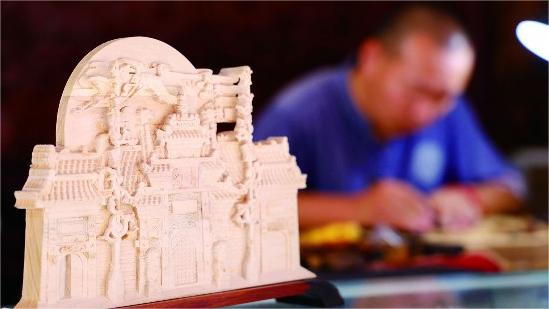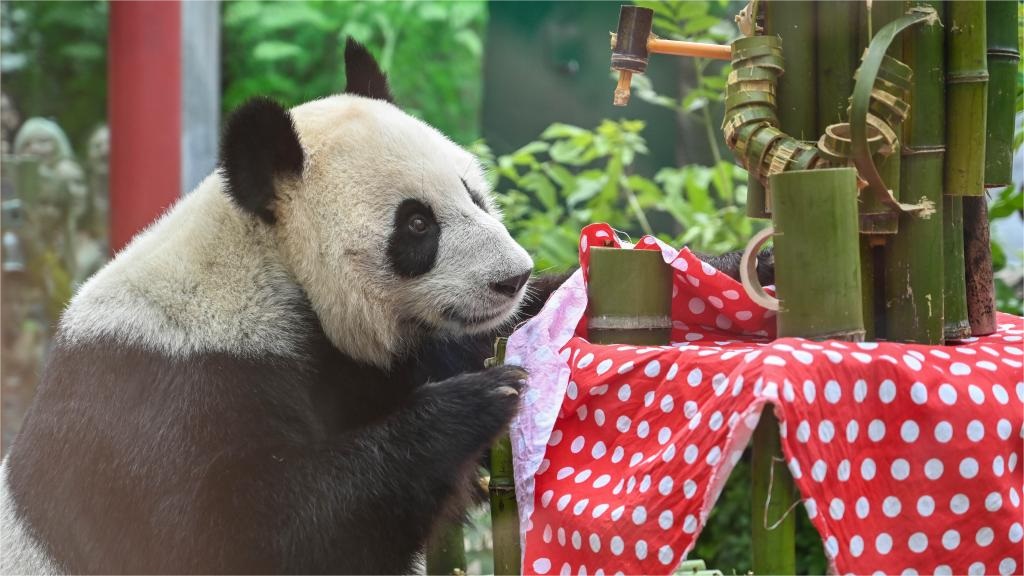Yunnan's cultivation base harvests mushroom variety with Collybia albuminosa mushroom-like taste
The Collybia albuminosa mushroom is renowned for its delectable taste and rich nutritional content. Surprisingly, this mushroom is actually cultivated through a symbiotic relationship with termites, despite the latter's reputation as a destructive pest.
Despite its exquisite flavor and good nutritional properties, the Collybia albuminosa, also known as the "king of mushrooms", is scarce. Only growing during a specific time during the year, its yield is quite unstable.
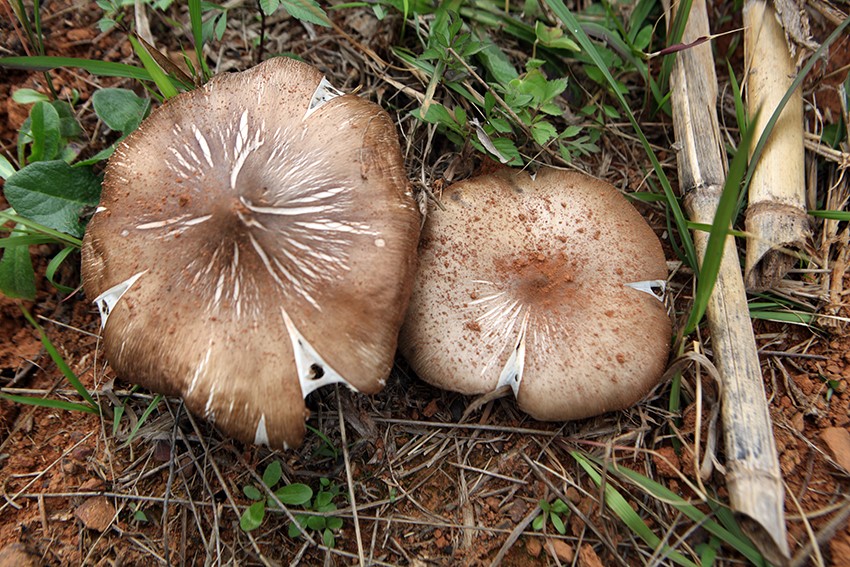
Photo shows mushrooms of a variety that has a taste similar to the Collybia albuminosa mushroom. (Photo/People's Daily)
Since 2020, experts from the Xishuangbanna Tropical Botanical Garden, the Chinese Academy of Sciences, have been conducting experiments in an attempt to replicate the conditions in which the Collybia albuminosa is grown.
They may have succeeded, with mushrooms having a taste similar to the Collybia albuminosa mushroom recently starting to sprout at a cultivation base in Luowen village, Yulu Bai ethnic township, Nanhua county, Chuxiong Yi Autonomous Prefecture, southwest China’s Yunnan Province.
Cultivating the mushroom variety poses notable difficulties, particularly in the cultivation of seedlings.
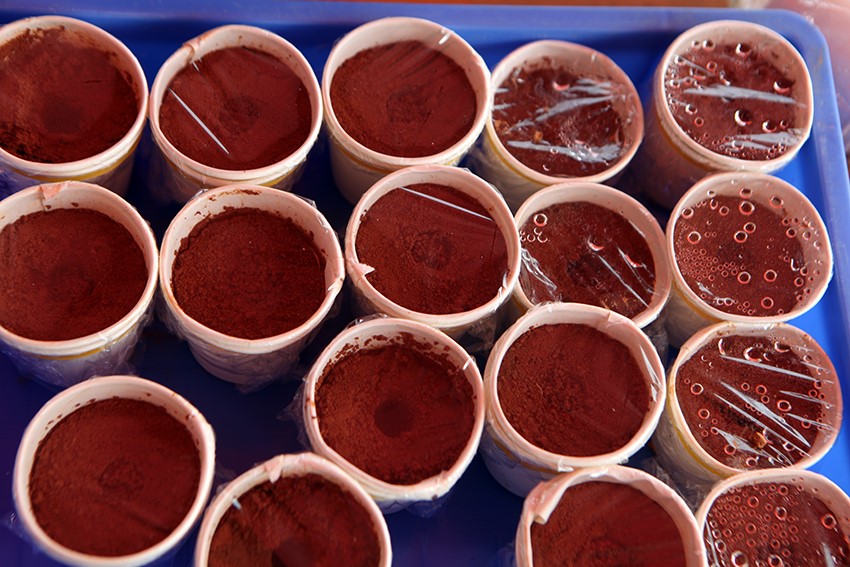
Photo shows seedlings of a mushroom variety that has a taste similar to the Collybia albuminosa mushroom. (Photo/People's Daily)
The Collybia albuminosa mushroom relies on a symbiotic relationship with termites, as the termites' nests offer a suitable environment for the growth of the mushroom mycelium.
To replicate this natural process, the experts built a cultivation room where they maintained optimal temperature and humidity conditions to encourage the growth of termite nests. These termite nests were subsequently used as seedlings and planted in the fields.
"We typically cultivate the seedlings in June and commence planting in mid-September," said Li Fusheng, Party chief of Luowen village.
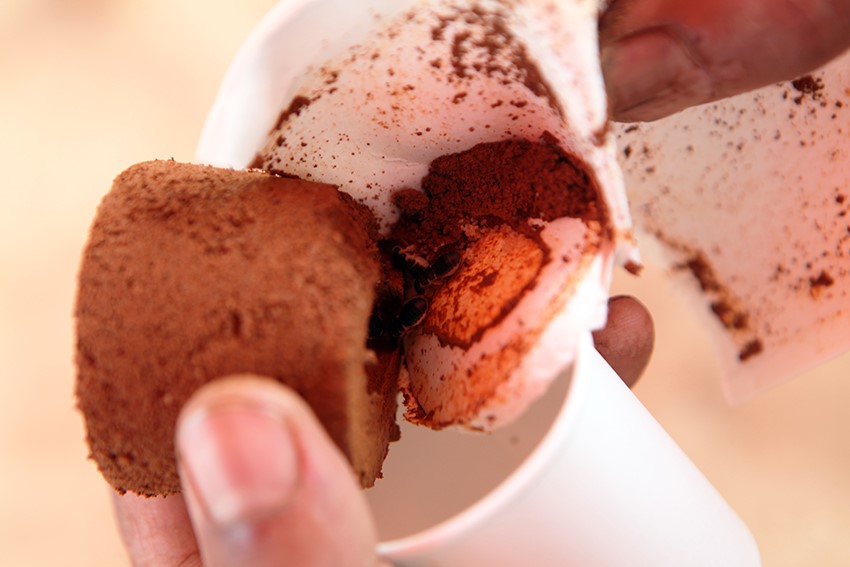
Photo shows termites in a clay-filled cup. (Photo/People's Daily)
After the seedlings are planted, the mushrooms undergo a long growing period of around 24 months.
The first mushroom of this year’s harvest emerged from the soil on June 28. The cultivation base anticipates a yield of approximately 5,000 to 6,000 mushrooms this year.
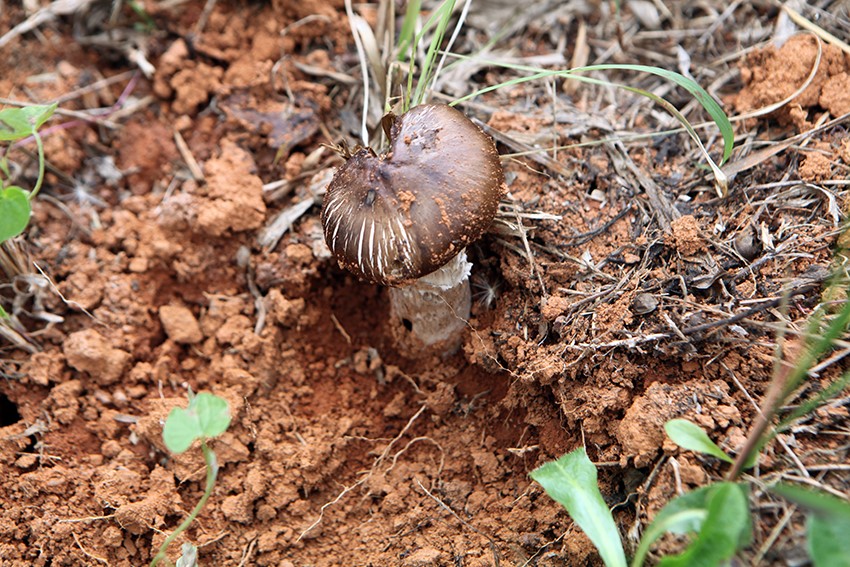
Photo shows a mushroom of a variety that has a taste similar to the Collybia albuminosa mushroom. (Photo/People's Daily)
“The taste of this mushroom is nearly identical to that of the Collybia albuminosa mushroom, and it is even more flavorful when used in soup,” said Li.
The area dedicated to the cultivation of this variety of mushroom in Luowen village has now expanded to 350 mu (about 23.33 hectares).
Looking ahead, the base will continue to expand the cultivation area, providing more farmers with the opportunity to prosper through the cultivation of the mushroom variety.
Photos
Related Stories
- In pics: Workers pick fresh Agaricus bisporus in S China's Yunnan
- Medicinal mushroom boom spurs rural revival in Zhejiang
- Thriving shiitake mushroom industry boosts rural revitalization in county of China's Henan
- Village in east China's Jiangxi thrives on new species of edible mushroom
- Sri Lankan expert cultivates mushroom passion in Yunnan
- Shiitake cultivation grows into major economic driver in Suizhou, C China's Hubei
- Village in NW China leverages mushrooms for wealth, eco-protection
- Pat first, then pick mushrooms
- County in SE China’s Fujian upgrades edible fungus industry
- Township in C China’s Hubei drives rural revitalization through morel mushroom cultivation
Copyright © 2024 People's Daily Online. All Rights Reserved.







